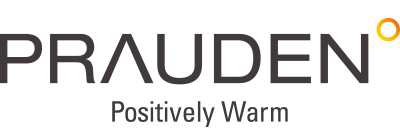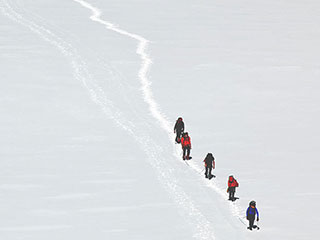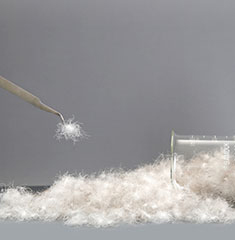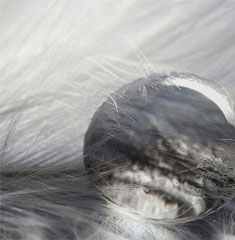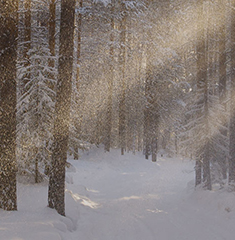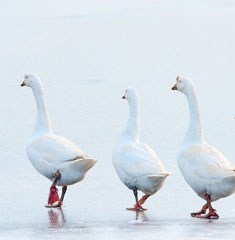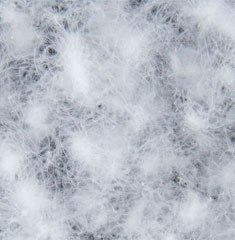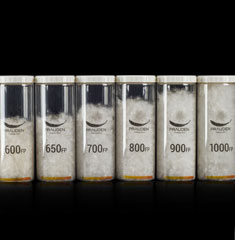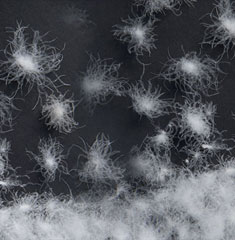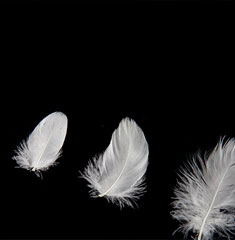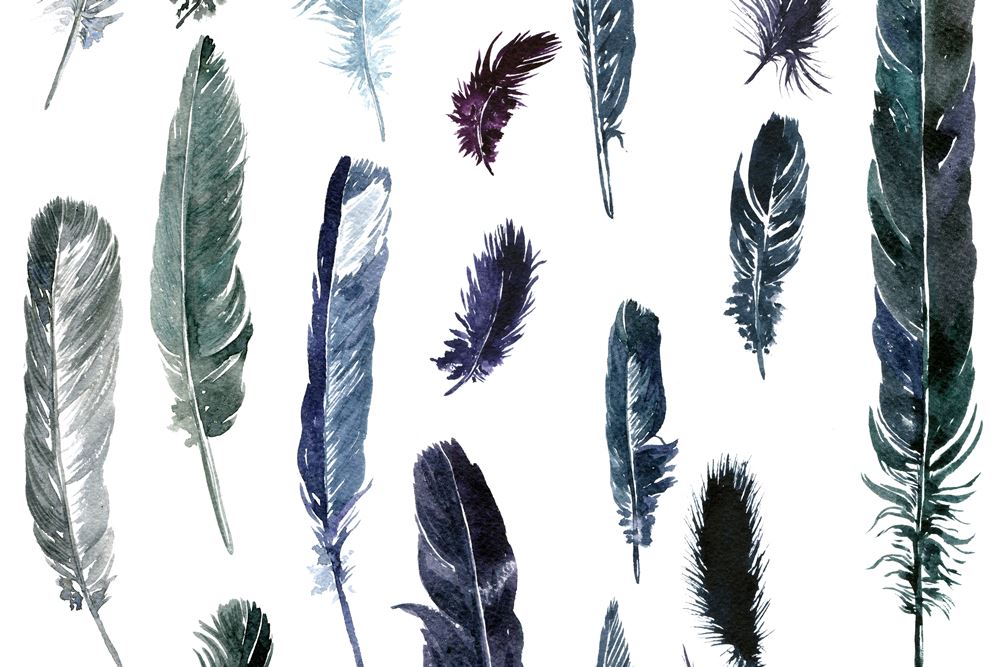
How to Identify Species (under KS K 0820)
2018-09-21
1. Collecting Specimens
1) Specimens with compositions classified: Randomized specimen collected from a box of mixed down clusters and feathers, classified.
2) Specimens with no composition test passed: Randomized specimen collected from a box of 30g-down clusters and feathers, by 1g from Top / Middle / Bottom layers of the box
2. Test of Identification
1) For Down Clusters
① Collect randomly (to have both large and small clusters) a total of 50 down clusters out of a box.
② Remove alien substances by shaking the collected down clusters in the air. This will improve test accuracy.
③ Identify using analyzer or microscope, and put the down clusters in a beaker.
④ Remove unidentifiable down clusters, and collect again as many down clusters out of a box.
⑤ If 7 or more duck downs (14+%) are identified, repeat ① to have a total of 100 down clusters identified.
2) For Feathers
① Collect randomly (to have both large and small feathers) a total of 20 feathers out of a box.
② Perform ② through ④ of the test of identification for down clusters.
⑤ If 4 or more duck downs (20+%) are identified, repeat ① to have a total of 40 feathers identified.
3. Representation of Results
1) For specimens with compositions classified (1-1): Results for both down clusters and feathers for goose down, duck down and chicken feathers, exclusive of residues, immature down clusters, fibers, chicken feathers and damaged feathers.
| Species Identification (%) : KS K 0820,7,2:2014 |
|
|---|---|
| Goose Down | 81.3 |
| Duck Down | 18.7 |
| Chicken Feather | 0.0 |
2) For specimens with no composition test passed (1-2): Measure to the nearest tenth of a percentage point down clusters and feathers of goose, duck and chicken
| Species Identification (%) : KS K 0820,7,2:2014 |
|
|---|---|
| Goose Down Cluster | 81.2 |
| Duck Down Cluster | 18.8 |
| Goose Feather | 81.8 |
| Duck Feather | 18.2 |
* Microscopic View of Specimen Difference




<Source: Down and Feather Testing (KS K 0820 2014)>


